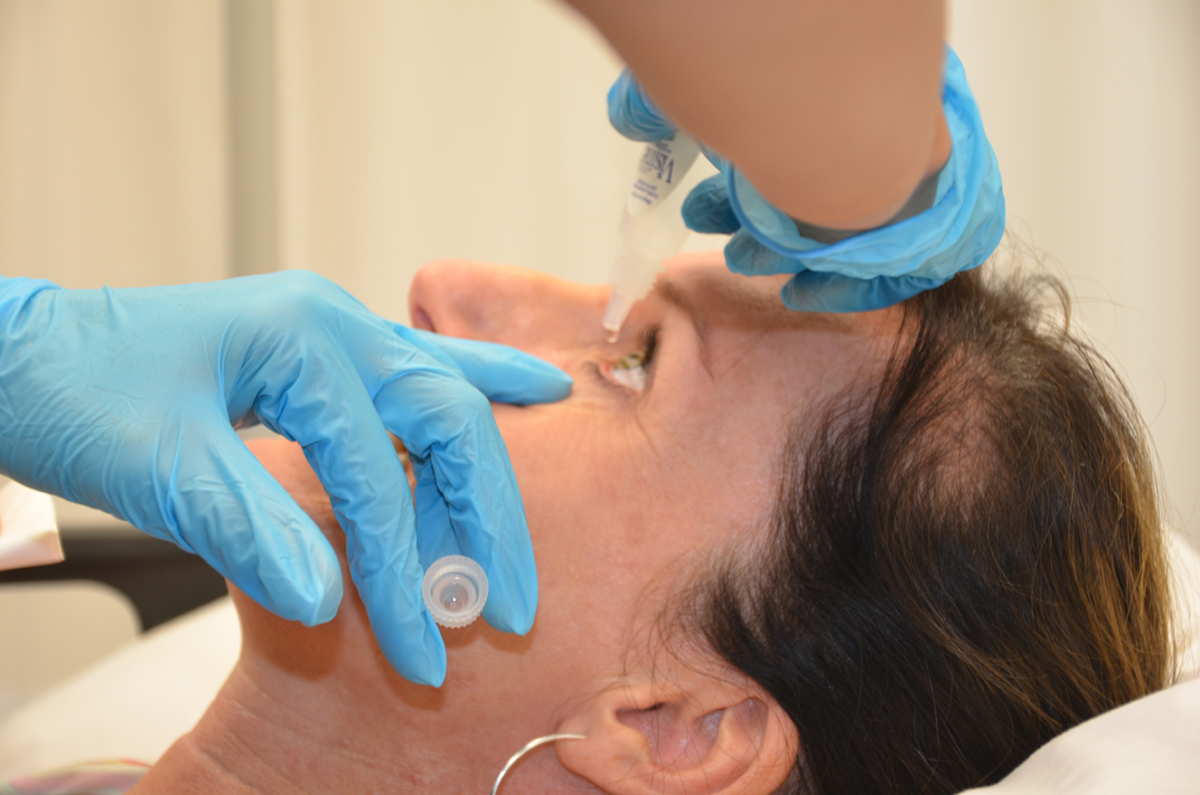
Xalacom is a medication consisting of two ingredients – latanoprost and timolol. While the first one decreases the pressure in the eye by enabling the fluid in the eye to flow more easily, Timolol reduces the pressure in the eye by reducing the production of the fluid in the eye. It has been proven that Xalacom as a combination of there two drugs has more effect in lowering intra-ocular pressure than these drugs have when used separately. It is used in cases of glaucoma, a disorder of the eye when the pressure inside the eye becomes too high. This condition may damage the optic nerve, or even cause loss of vision. Glaucoma typically develops when the fluid produced in the eye is obstructed and pressure builds up in the eye.
Mild and temporary side-effectsAs most medications, Xalacom has side-effects too. Those are unwanted reactions to a drug and they can be mild or severe, temporary or permanent. Side-effects of a drug are not observed with every patient who uses the drug. However, every possible side-effect must be stated inside the package of the drug. Mild and usually temporary side-effects of Xalacom are dryness of the eye, dryness of the mouth, headache, feeling something is in the eye, itchy eye, watery eye, irritation, redness, impaired vision after applying medicine. These side-effects occur in small percentage of patients and usually disappear on their own after a while.
Serious side-effects
If untreated, these side-effects might cause serious problems, so patients are advised to consult their doctor if they notice blurred vision, dizziness, coughing, back pain, eye pain, depression, hair loss, insomnia, muscle pain and weakness, longer and darker eyelashes, increased tearing, swollen eyelid, constant fatigue. If the patient feels chest pain or notices symptoms similar to those of an allergy, he should stop taking the drug and consult his doctor right away.
If a patient has a pre-existing conditions
People allergic to some of the ingredients of this drug should consult their doctor before taking it. People with asthma or some other respiratory condition should consult their doctor before taking this medication. If a patient is using contact lenses, he or she should apply the eye drops at least 15 minutes before lenses are inserted. People with depression, diabetes, kidney or liver disease, serious heard conditions, thyroid disease, other eye conditions, pregnant women, women who are breastfeeding and children should all consult a doctor about the risks of taking this medication.



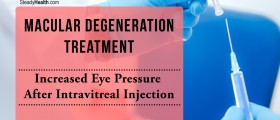
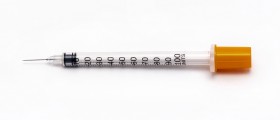







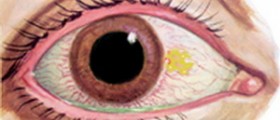


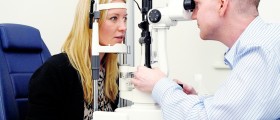

Your thoughts on this
Loading...